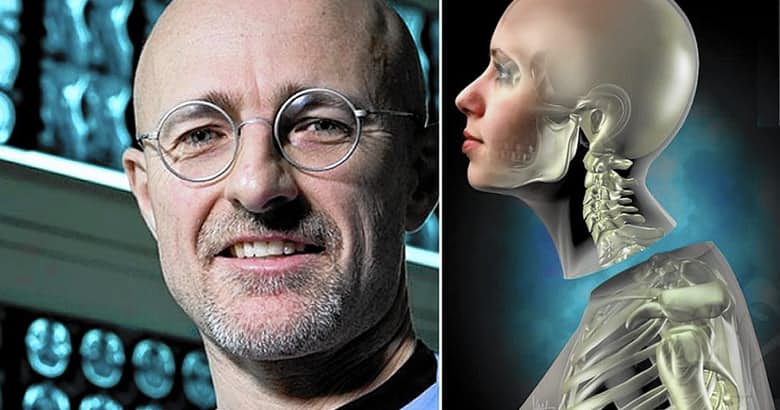4. 3D Visuals in Surgery
Surgery is incredibly complex at the best of times, but for many brain and eye surgeons, their work is made more difficult as it is carried out on such a minute scale. In these fields in particular, attention to detail is literally a matter of life and death. It doesn’t help matters that many surgeons have to perform this intricate work with their heads down for hours looking into microscopes and causing their back and neck and muscles to strain.
This way of working in the long-run is neither conducive to surgeon nor patient, which is why new 3D cameras have been developed to benefit surgeons and their colleagues during complex operations. These 3D cameras produce visuals that are essentially holographic images of their subject’s anatomy – allowing surgeons to work more comfortably. Rishi Singh, a surgeon at the Cleveland Clinic’s Cole Eye Institute, has worked with the new technology for six months, remarking that it widens his field of view and provides greater comfort. Knowing the surgeon is comfortable will no doubt make patients feel more at ease too!



































Discussion about this post